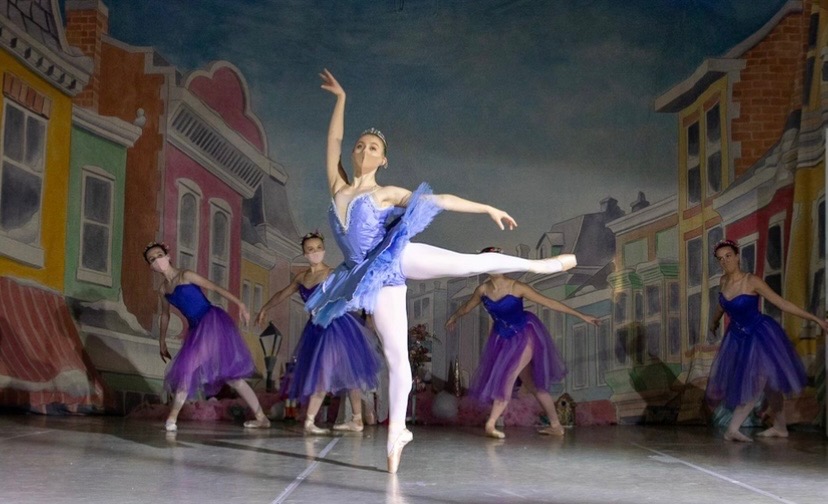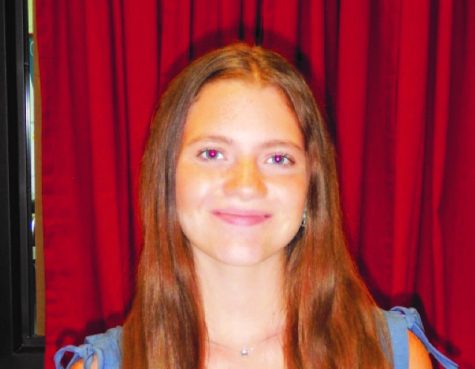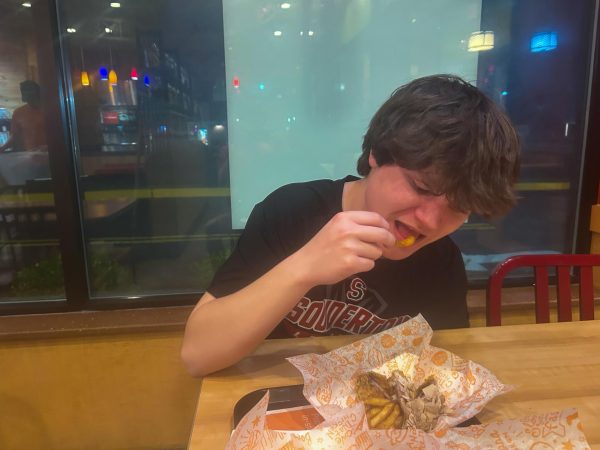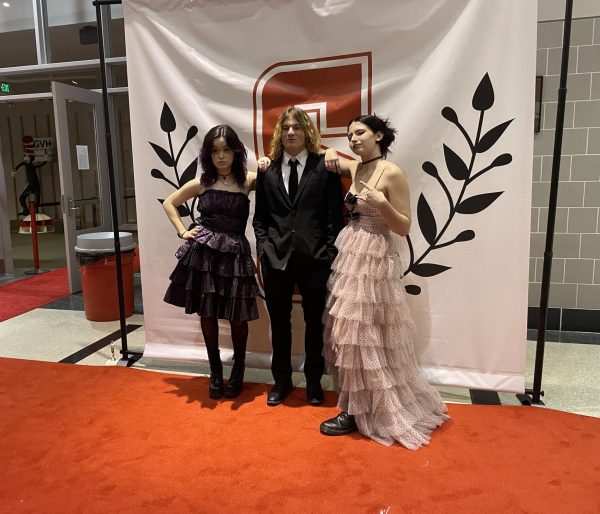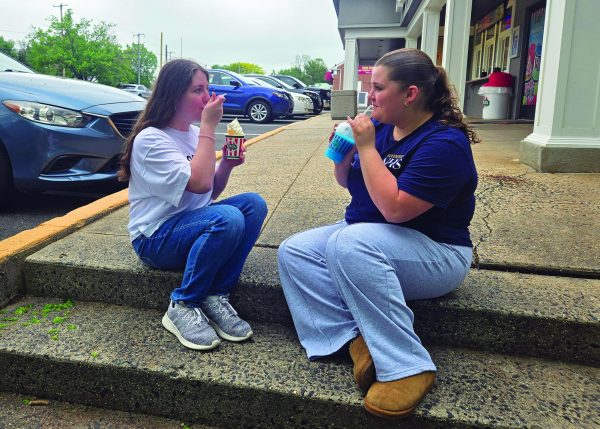‘Dancing With the Stars’ makes LGBTQ+ history
Bringing the conversation of LGBTQ+ representation to the dance floor, season 30 of ‘Dancing with the Stars’ features the first same-sex dance pair competing on the show, comprised of celebrity Jojo Siwa and professional dancer Jenna Johnson. The pair finished the competition in second place.
Photo reprinted with permission from Olivia Chesla
Catching the spotlight…Dancing on pointe, dancer Olivia Chesla performs in a Philadelphia Dance Theatre production. According to Chesla, dance is an important form of expression for her.
Competing in season 30 of the US version of ‘Dancing with the Stars,’ contestants Jojo Siwa and Jenna Johnson dance as the first same-sex pairing on the show.
Siwa, who is well known for her role in “Dance Moms,” has expanded her work into music, retail and YouTube, with a predominantly young fan base.
According to People, Siwa came out as part of the LGBTQ+ community in January, specifically labeling herself as pansexual.
Producers of ‘Dancing With the Stars’ discussed with Siwa the chance to choose the gender of her professional dancing partner. Siwa decided to compete with a woman counterpart.
“I said I actually would love and prefer to dance with a girl,” Siwa said in a USA Today interview. “Why not show the message even stronger that you can love whomever you want to love?”
Within the dance world, gender roles are greatly established, according to dancer Elise Holly.
“In most types of dance if partnering is involved it is usually between a male and female pair and always has been. Jojo’s decision showed the people of the dance community that things can be changed,” Holly said.
Siwa is competing with professional dancer Jenna Johnson, making history as the first same-sex pairing to compete in the U.S. version of “Dancing With the Stars”.
“There’s going to be people who don’t like it, who think dancing on the show with another girl is wrong or weird,” Siwa said. “I don’t need those people in my life. If it’s wrong or weird to you, that’s OK, because there’s a billion other people who don’t think it’s wrong or weird. Partnering with another girl will give other people around the world more courage to say, ‘It’s OK that I love somebody of the same sex.’”
This representation is especially important for the young fanbase Siwa generally adheres to.
“It was big and brave for Jojo to make this decision,” dancer Olivia Chesla said. “I think that one step she took made a lot of queer young girls feel more valid in their sexualities, and that is really important.”
According to Chesla, healthy and accurate representation of the LGBTQ+ community is often lacking in mainstream media, affecting youth who identify with the community.
“Only growing up witnessing straight couples is really harmful to LGBTQ+ youth because it makes them feel alienated and like there is something strange and wrong with them — that they aren’t normal,” Chesla said. “I think we need to do a better job of normalizing people who don’t identify as heterosexual or cisgender.”
Another important aspect of representation is ensuring it isn’t harming the people being portrayed.
“While I think normalization is important it’s also equally important not to diminish the struggles queer people will have in their identities and I think that’s a big part of representation too,” Chesla said.
For many, dance is a form of expression.
According to Chesla, dance allows her to “be in my body, be the music, be with my friends, and be an artist who moves others”
For dancer Kathleen Rivera-Franks dance offers an opportunity to express her emotions physically.
“I’ve been dancing for so long that it’s almost become like my therapy,” Rivera-Franks said.
Other celebrities also show interest in competing with professional dancers of the same sex.
According to Peloton Instructor Cody Rigsby, who is also a part of the LGBTQ+ community and competing in season 30, he would have also danced with a partner of same-sex if he knew about the opportunity.
“When the conversation opportunity came up for ‘Dancing With The Stars,’ I was just so excited to be on the show, I guess I didn’t even think it was a possibility,” Rigsby said in an interview with GLAAD’s Anthony Allen Ramos. “So I didn’t bring it up. Had I maybe had a moment to breathe and recognize an opportunity, I definitely would have asked.”

